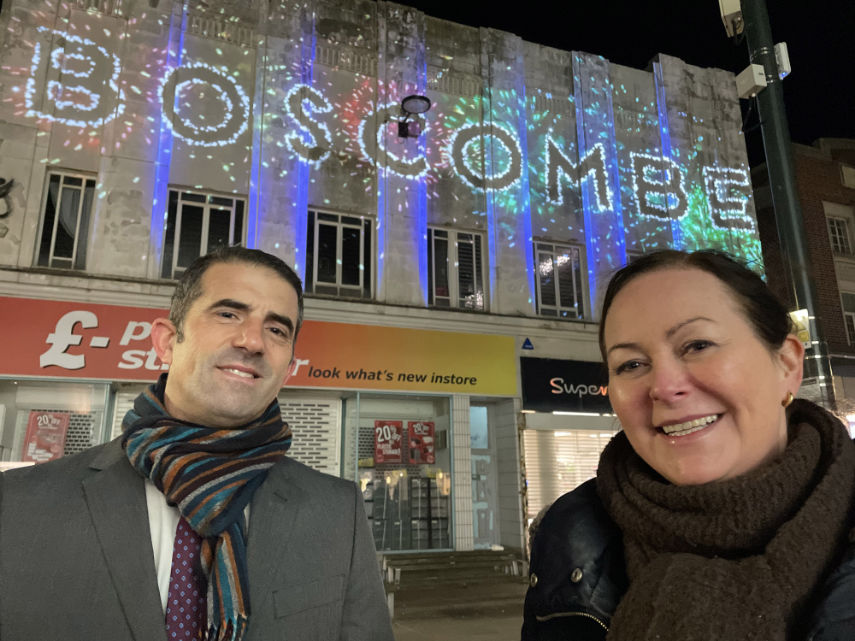Trails are a major component of British Columbia’s tourism industry, and a group of the Kootenays are on a mission to make them more inclusive.
No, that doesn’t mean opening a wheelchair ramp to the top of Pulpit Rock in Nelson or flattening the Canadian Rockies to make the multi-day Rockwell Trail accessible to everyone. It means adapting the physical and social environments to allow more people to become active and challenge yourself in the big outside.
“Adaptive mountain biking uses a three- or four-wheel all-terrain handbike in different positions, and often with an electric-assisted motor. These bikes are an important part of this discussion as they have revolutionized access to the backcountry and access to more difficult trails. Not to mention they’re super fun, â€said Janis Neufeld, founding member of the Kootenay Adaptive Sport Association (KASA).
Universal Trails are designed to increase participation by as many people as possible, regardless of age, size, ability or disability. Imagine a trail with a compact, relatively flat and wide surface, with regular benches. Universal trails improve access, but are they inclusive?
For a mountain biker looking for thrills and challenges, a wide flat rail path is accessible, but it does not include his interests. This is where KASA comes in. They have developed trails in the Kootenays suitable for suitable mountain bikes, and established guidelines to help other trail builders.
“This rating system takes into account the recommended equipment, trail width, trail surface, obstacles, bridges, slopes, camber, berms, radius of turns, exposure … and has been a great resource for increasing access and inclusion on our trails, â€said Neufeld.
Integration increases empathy and understanding
“Increasing access and inclusion in our trails must be done by integrating accessibility into an existing network to allow meaningful intersection, interaction, encourage empathy, kinship and normalization of different abilities and interests†, Neufeld said.
One of the added benefits of building accessible trails for suitable mountain bikes is that they are also great for families, children, and the elderly. Removing barriers to participation allows more people to enjoy BC’s beautiful trails and feel the adrenaline rush of rolling down a mountain.
Try the adapted mountain bike next summer
The Kootenay Adaptive Sport Association runs clinics, retreats, and brings adapted mountain biking to competition across British Columbia. They also offer rentals across the province and lessons for beginner riders and those looking to take it to the next level.
They are eager to help other trail associations integrate suitable mountain biking into their trail systems, if you are looking for advice on starting a local program.
“The unique concentration of accessible and inclusive infrastructure has caught the attention of the local mountain biking community and beyond. Mount Abriel (Nakusp) in conjunction with the surrounding tracks has the potential to become a global destination for athletes with disabilities, â€writes the KASA website.
Whether you want to safely see these bikes in action or take a ride on the trail, visit trailforks.com/trails/all/adaptative to find a trail near you.
FURTHER READING: In the forests of Nelson, trail building becomes an art
FURTHER READING: A Canadian First: New Ice Bikes Ride In Calgary’s Bowness Park!
AdrenalineBikeBritish ColumbiaCanadaKootenaysMountain BikingThings to doetravelwct-intro
 Welcome To Poole
Welcome To Poole
_w=1200_h=630.png?v=20220321141806)




